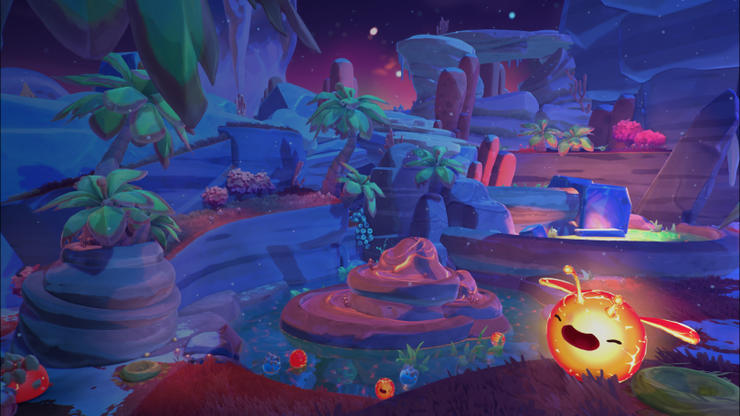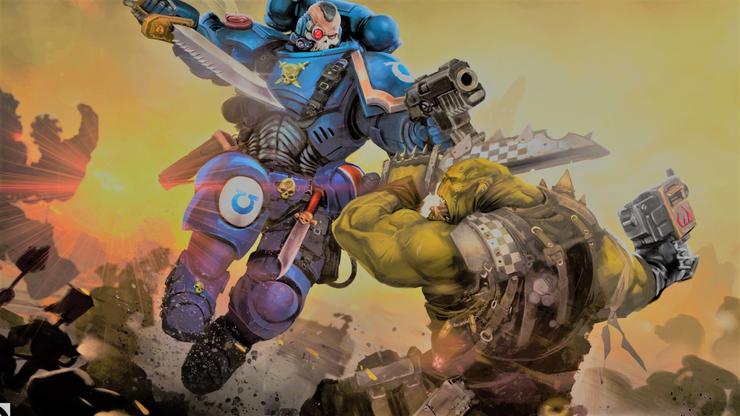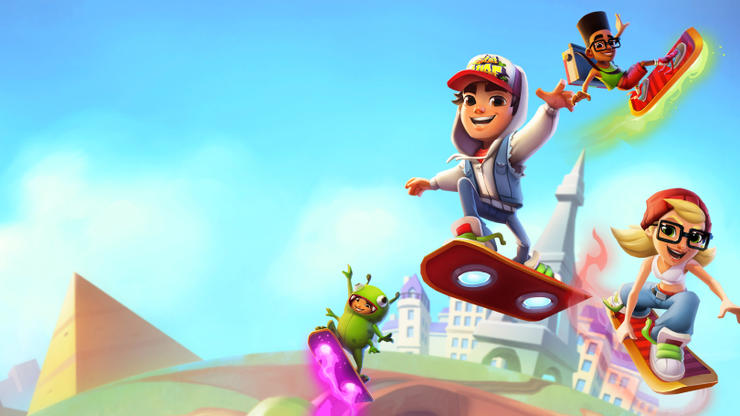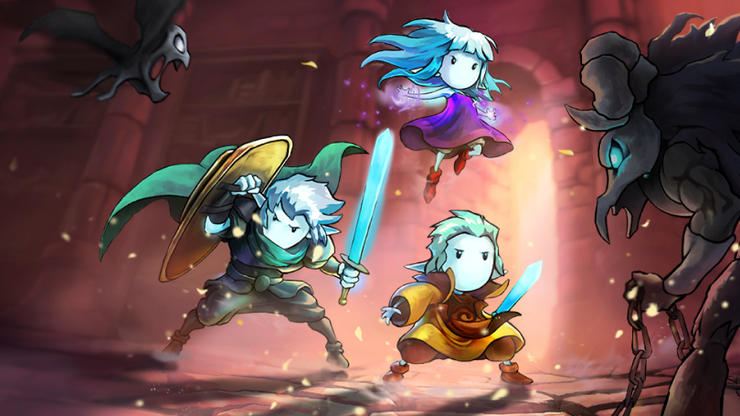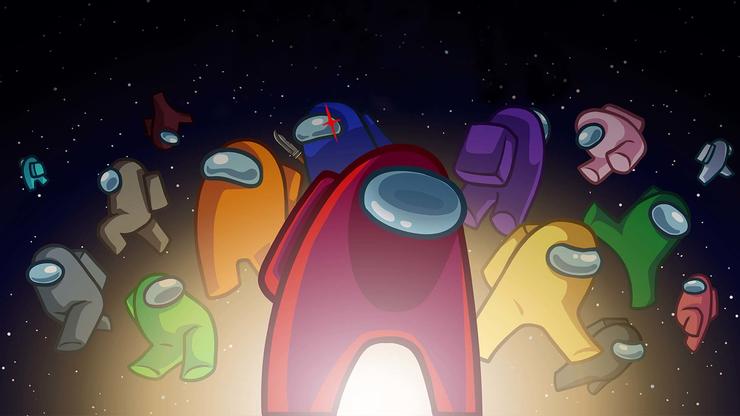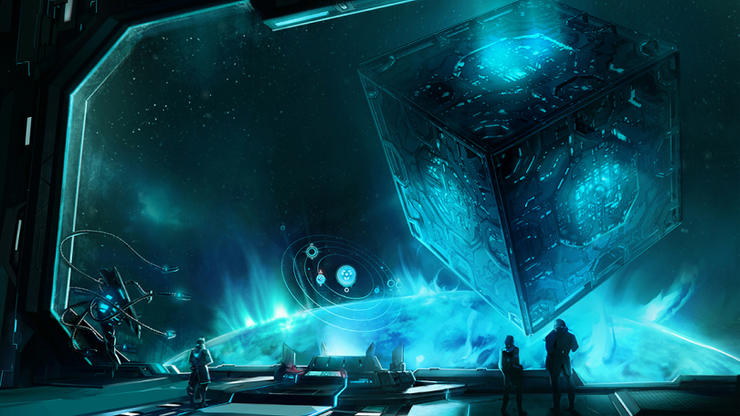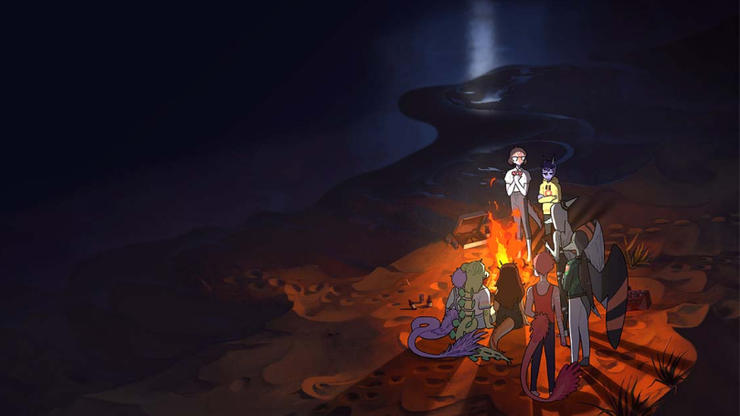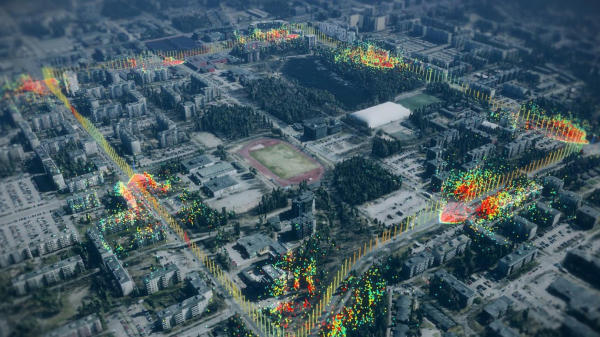Новые истории успеха
Slime Rancher 2
Узнайте, как Мономи Парк использовала HDRP Unity, доступ к исходному коду и NVIDIA PhysX для создания более крупного и производительного мира в Slime Rancher 2.
от Everguild
Узнайте, как Everguild использовала Universal Render Pipeline, Unity Asset Store, Profiler и Addressables для создания мультиплатформенного релиза.
Зенит: Последний город
Благодаря гибкой платформе разработки Unity, многопоточному программированию, надежным инструментам DevOps и активному сообществу компания Ramen VR запустила первую в мире кроссплатформенную MMO в VR.
Rollerdrome
Узнайте, как Roll7 быстро вышли с PC на консоли и подготовили свой динамичный экшен-шутер к платформам следующего поколения с частотой 120 кадров/сек и разрешением 4K.
Subway Surfers
Узнайте, как 10-летнее партнерство SYBO и Unity сделали Subway Surfers одной из самых загружаемых игр в истории.
Греак: Воспоминания о Лазурном Береге
Узнайте, как Navegante удалось вовремя выпустить свою первую игру, Greak: Memories of Azur, на несколько платформ. Greak: Memories of Azur
Рекомендуемые истории успеха
Among Us
Узнайте, как совместная работа InnerSloth и Unity позволила обеспечить стабильность Among Us, а также собрать необходимые данные об ожиданиях игроков по новым функциям.
Crying Suns
Разработка иммерсивного приключенческого мира в пиксельном стиле — это большое достижение. Узнайте, как Alt Shift портировала Crying Suns на мобильные устройства и окупила затраты в десятикратном размере.
Goodbye Volcano High
Студия KO_OP управляется художниками, и им потребовалась система управления версиями, которая подошла бы всей команде. Узнайте, как Unity Plastic SCM помогла художникам и инженерам эффективнее работать вместе.
Sitowise
Узнайте, как компания Sitowise способствует безопасности и устойчивому строительству за счет использования цифровых двойников.
Volvo Cars
Узнайте, как Volvo трансформирует автоиндустрию с помощью интерактивных VR-приложений на базе Unity.
Начните свое путешествие в метавселенную сегодня
Присоединяйтесь к Road to the metaverse — серии вебинаров и мастер-классов, которые помогут вам освоить инструменты для цифровой трансформации вашей организации.
Игры — консоли, PC и Mac
- Antigraviator
- Apex Legends
- Bleak Sword DX
- Card Shark
- Children of Morta
- Города: Skylines
- Crowfall
- Death Carnival
- Desperados III
- Empire of Sin
- The Falconeer
- Flipping Death
- Forgotton Anne
- forma.8
- Gang Beasts
- GNOG
- Goodbye Volcano High
- Греак: Greak: Memories of Azur
- Hand of Fate
- Жесткое пространство: Судостроитель
- Hearthstone
- I Am Fish
- IMMORTALITY
- Kerbal Space Program
- Last Stop
- Maximum Football
- Minute of Islands
- Ori and the Will of the Wisps
- Phased
- Quantum League (требуется адрес электронной почты)
- Остаток: Remnant: From the Ashes (требуется адрес электронной почты)
- République
- Riot Animation
- Robbie Swifthand
- Rogue Company
- Rollerdrome
- Sable
- Slime Rancher (требуется адрес электронной почты)
- Team17
- Two Point Campus
- Valorant
- V Rising
Игры – мобильные устройства
- Among Us
- Age of Magic
- Arena of Valor
- Анонимизированный отчет о монетизации
- Axes.io
- Beat the Boss (китайский, японский, корейский, русский)
- Candivore
- Chaos Lords
- Crazy Defense Heroes
- Crying Suns
- Demolition Derby
- Dice Hunter
- East Side Games
- Everguild
- Farm Away
- Fruit Bump
- GameJam
- Gameloft
- Guns of Boom
- Hitman GO
- Hundred Soul
- Jeopardy! World Tour
- Jurassic Monster World
- Last Day on Earth
- Little Orpheus
- Ludo King
- MARVEL SNAP
- Megacity
- Mindstorm
- Monument Valley
- My Spa Resort
- OneBit Adventure
- Экипировка7
- Pirate Kings
- Please, Touch the Artwork
- Rodeo Stampede
- Rogue Racers
- RollerCoaster Tycoon Touch
- Rolling Sky
- Royal Blood
- Shadowgun War Games
- Space Ape
- Subway Surfers
- SundayToz
- Tacticool
- Ходячие мертвецы: No Man's Land (Японский, Корейский, Русский)
- Семь смертных грехов: Большой крест
- Tic Toc Games
- TinyTouchTales
- Tiny Bubbles
- Trailmix
- Trivia Crack 2
- Warlords of Aternum
- War Robots
- Wooga
- Where Cards Fall
Игры – дополненная реальность
- Доктор. Seuss’s ABC – An Amazing AR Alphabet!,
- Jurassic World Alive
- My Dino Mission
- PHAROS
- Wallace & Gromit AR The Big Fix Up
Игры – виртуальная реальность
Строительство
- Aurecon (Unsigned Studio) (видео)
- DPR Construction
- Holland Basham Architects
- Losci
- Marxent
- Mortenson
- Проект больницы от Mortenson
- Mortenson — Клаймэт Пледж-арена
- Norconsult
- P+HS Architects (видео)
- SHoP Architects (видео)
- SimRTR
- Sitowise
- Skanska
- Sounds Hanaam
- Trondheim
- Urban Splash
- Valero Dewalt Train
- Международный аэропорт Ванкувера (YVR)
- Vectuel
- Zutari
Автоиндустрия, транспорт и производство
- ABB
- Arksen
- Autoliv
- BMW
- BMW. Иллюзия и реальность: трассировка лучей (видео)
- Brose Group
- Cross Compass
- Daimler Buses
- Daimler Protics
- ЗДЕСЬ.
- holoride
- HOMAG
- Honda
- INFINITI
- Lexus
- Manufacturing Technology Centre
- Neural Pocket
- Toyota
- Taqtile
- VirtaMed
- Volvo Cars
- Volvo Cars (видео)
- Центр инноваций Volkswagen в Калифорнии (ICC)
- Volkswagen
